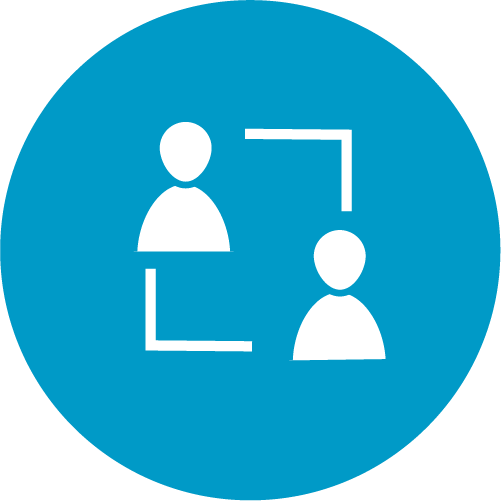
Special Projects – Research

Contact
For more details please contact
eresearch-support@auckland.ac.nz
The Centre also works hand-in-hand with researchers to directly support their research projects. These projects usually require more in-depth consultation, analytics and customised solutions.
Eligibility
Projects must be research-led (not for commercial purposes) or significantly contribute to the University of Auckland strategic goals.
Cost
Projects will require separate funding for cost recovery from researcher/research group, which normally comes from the researcher’s funding application from MBIE, HRC, VCSDF, SRIF, and the Faculty Research Development Fund. Nonetheless, we offer complimentary advice and consultation services.
Considerations
Ensure you engage early to discuss the scope and requirements of projects, allowing for the allocating and planning of resources for any software development. However, due to limited resources, support may not be feasible in certain instances. Moreover, given the dynamic nature of research, while we strive to adapt to any shifts in direction, we cannot assure the completion of a final product. We commit to collaborating with you, dedicating our time and expertise to achieve the project objectives to the fullest extent possible.
How-to
Please request a consultation via eresearch-support@auckland.ac.nz. Following an initial consultation, we will evaluate our resources to determine if they align with our abilities and availability. Subsequently, we will prepare a Memorandum of Understanding (MoU) detailing the objectives, scope of work, schedule, and rates for buy-out/cost recovery. (Refer to the provided example for further details.)
Example of Internal Memorandum of Understanding
1. Parties to the memorandum
Contractor: Dr N.N. Smith, Research Department, The University of Auckland
Sub-Contractor: Centre for eResearch, The University of Auckland
2. Project title
Research Project Title
3. Project objectives/scope
• Develop and implement aa to allow the use of bb to achieve cc.
• Test, validate and document deliverables.
4. Suggested timeline and buyout rate
For the duration of the specified time period, cost recovery is implemented at a rate of $XX per hour. This is done through an internal fund transfer based on the actual hours utilised, up to a maximum limit of $xx. Any funds that remain unused will be refunded. Any expenses for materials or other incidental costs will require mutual agreement and will be billed accordingly. The project and account numbers will need to be confirmed at the time of payment.
5. Sub-contractors key staff and contact details
Project lead: Name and email
Finance contact: Name and email
6. Contractors key staff and contact details
Contract researcher: Name and email
Finance contact: Name and email
7. Agreement
This Memorandum formalises the intention of the Parties to collaborate in the research project outlined above and enter into a sub-contract. Commencement of the Project is subject to the Parties reaching a mutually satisfactory final agreement on the terms and conditions of the sub-contract.
8. Execution
The undersigned represent that they are duly authorised to execute this memorandum on behalf of the respective Parties.